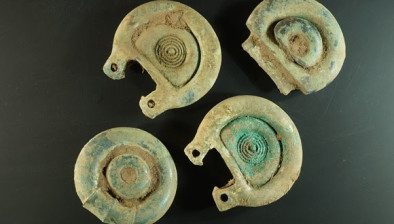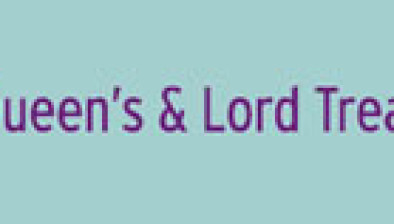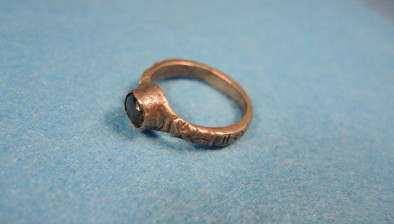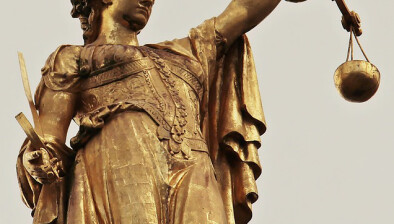Landmark review launched to evaluate Treasure Trove
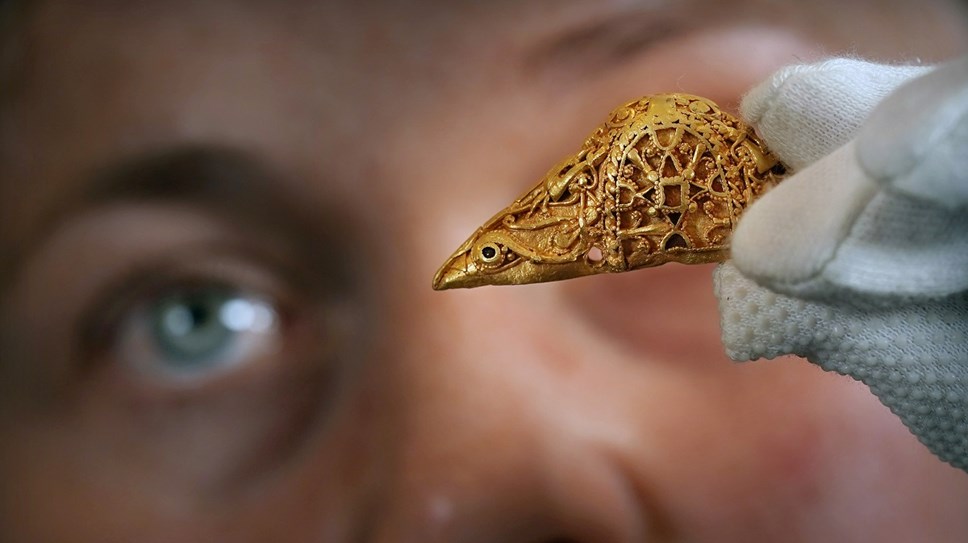
The King’s and Lord Treasurer’s Remembrancer (KLTR), the Crown’s representative responsible for ownerless property, including portable antiquities, has announced the launch of a review into how archaeological finds are processed in Scotland.
It comes in the context of sustained growth in the popularity of metal detecting and the considerable amounts of archaeological excavation that contribute to our understanding of the past.
However, the growing number of archaeological finds being reported has left the heritage sector in Scotland facing new challenges and pressures in a post-pandemic world.
Archaeological finds in Scotland are handled by the Treasure Trove Unit (TTU), which is responsible for the daily running of the Treasure Trove system and is the first port of call for new discoveries and finders. It carries out investigations and object assessments, and, where appropriate, investigates findspots.
TTU has delegated authority from the King’s and Lord Treasurer’s Remembrancer to decide whether an object should be claimed or not. If an object is claimed, it will appear before the Scottish Archaeological Finds Allocation Panel (SAFAP) and accredited Scottish museums are asked to apply.
The TTU provides a report and estimated valuation to the panel to use in deciding the level of ex gratia award for the finder. SAFAP also allocates excavated finds to museums, though with no award payable in this instance.
Now, a robust review of Treasure Trove processes should ensure the system is properly equipped to support the sector, excavators and detectorists now and in the future.
The popularity of hobby metal-detecting, mudlarking and the requirements of commercial archaeology have significantly increased in recent years, resulting in an increase in archaeological finds being reported to the Treasure Trove Unit.
John Logue, the KLTR, warmly encourages stakeholder participation in the review and said he hopes any suggested improvements would bring benefits to all those involved in Scotland’s archaeological heritage.
He said: “Scotland is rich in archaeology and Treasure Trove has added significant material to Scotland’s museums. This review is timely and is an important step towards improving and strengthening the Treasure Trove system for the immediate future and beyond.
“We want to ensure that artefacts found in Scotland provide maximum benefit to the public in understanding the significance of Scotland’s archaeological heritage.
“Those who enjoy our cultural heritage can make their contribution and participate in a way that will be beneficial for all. I look forward to receiving recommendations from the Treasure Trove Review Team in due course, and these will be considered carefully.”
This will be the first time in almost a decade that the Scottish Treasure Trove system has been reviewed by the King’s and Lord Treasurer’s Remembrancer.
Key appointments to head up the review will be announced prior to the review commencing in the Autumn.
Culture minister Christina McKelvie said: “The forthcoming consultation and review will help to promote closer collaboration between archaeologists in the Treasure Trove Unit, the metal detectorists who find artefacts and the museums and collections which put them on display.
“With the growing popularity of metal detecting, it is also important that this review provides clarity around what items should be acquired for the nation and what payment should be made to the finders.”
Jane Ryder, chair of the SAFAP, said: “On behalf of the SAFAP, advising the KLTR on the allocation of archaeological finds in Scotland, I warmly welcome the review.
“Treasure Trove in Scotland operates at a fascinating interface of history, law, social history and interest, archaeological and museum practice, and this is an important public opportunity to contribute to further development.
“With a wide remit, the review will be able to acknowledge the major developments of the last 20 years and to consider both the policy and practical challenges ahead, and I hope it will attract interest and contributions from individuals and organisations across Scotland.”






